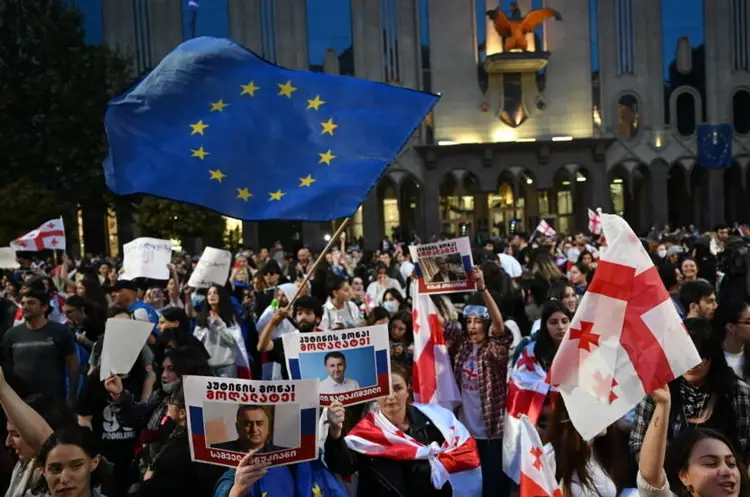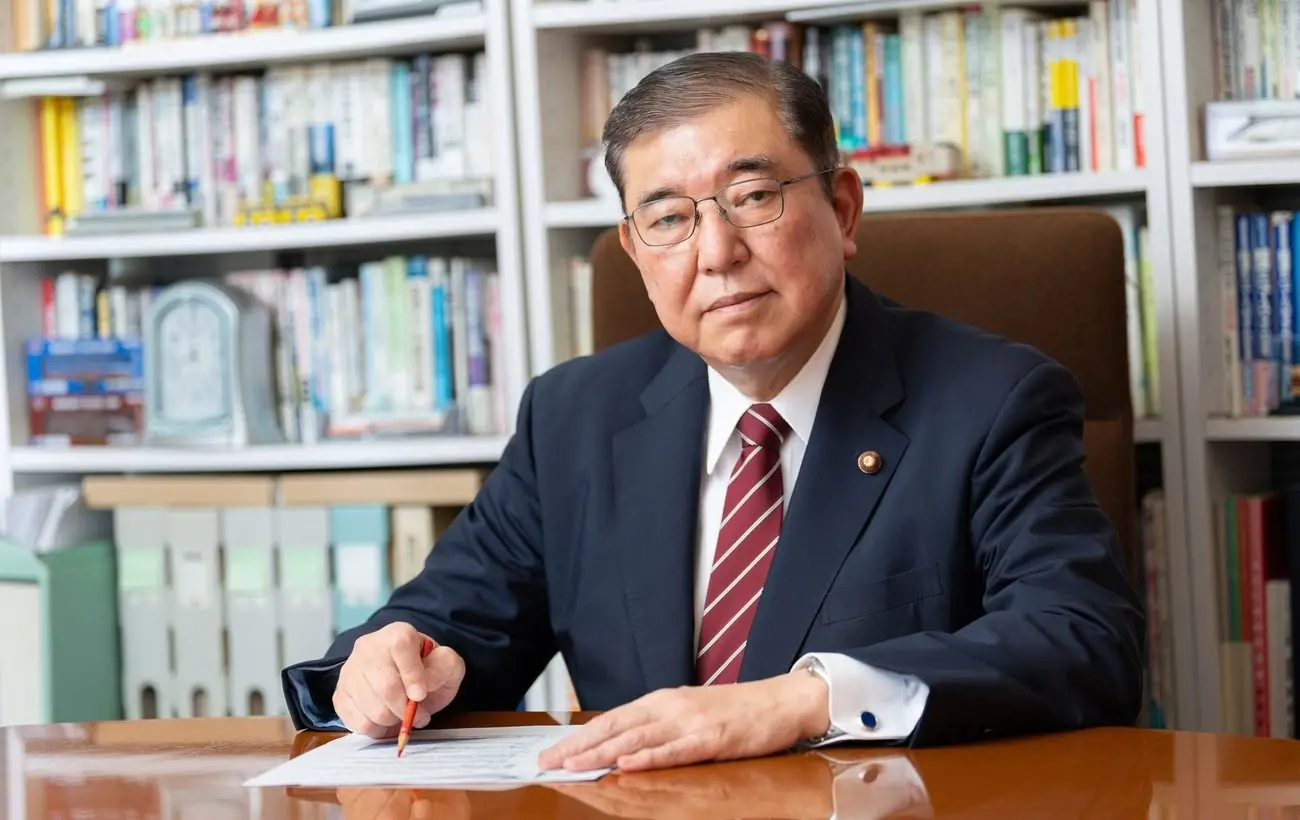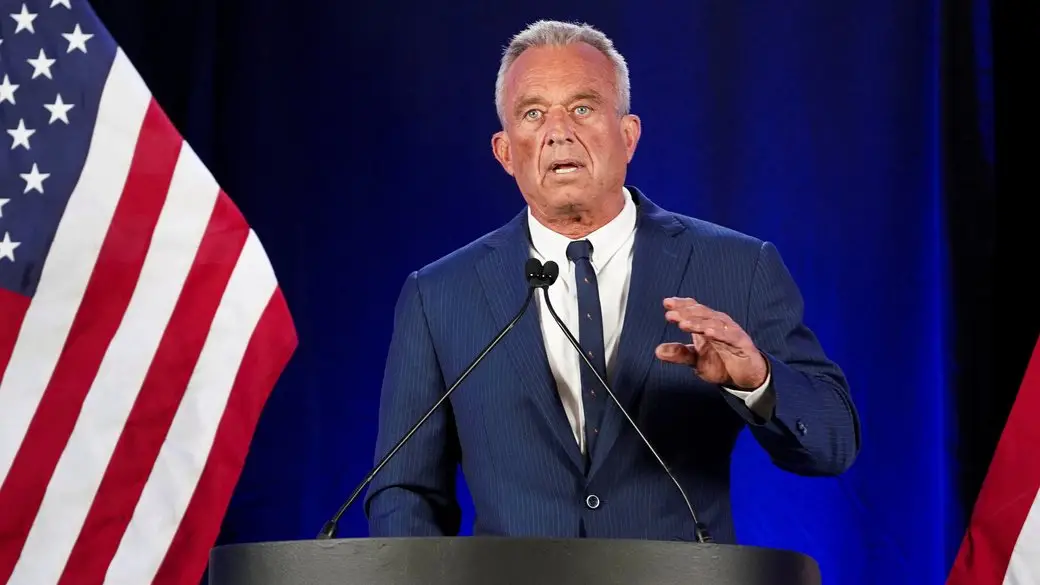What can we expect from the new far-right government in the Netherlands?
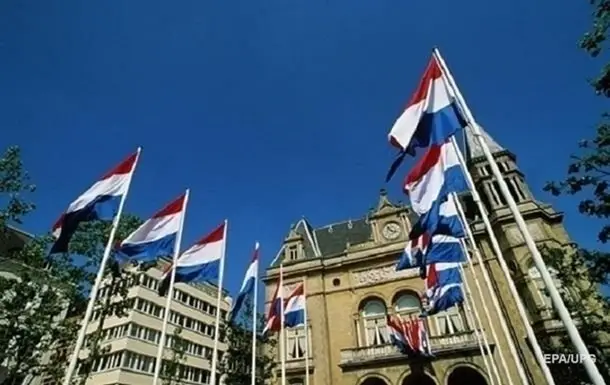
What will the new coalition in this country look like?
Complex and lengthy consultations lasted for more than six months before the Netherlands was able to present a new coalition.
This length of time is not unusual — the Netherlands has long been known for its lengthy process of forming coalitions after elections. For example, the current cabinet of Prime Minister Mark Rutte was formed in a record 299 days. This time, the process took "only" 178 days.
It is important that the new coalition will be very unusual. In last year's elections, the right-wing populist Geert Wilders of the Party for Freedom (PVV) won 37 seats in parliament, surprising not only the public but also himself.
This result would have been unbelievable ten years ago, but now a radical politician known for his aggressive rhetoric has become mainstream in one of the most developed and democratic countries in the world.
However, in order to form a new government, Wilders was forced to resign as prime minister.
Which parties are in the coalition?
"It's a troubling day. We now have a radical right-wing party under the leadership of Wilders in the center of power in the Netherlands", said Frans Timmermans, former European Commissioner for Climate Change and leader of the largest opposition force, the Green-Left alliance.
The new coalition will have 88 seats in the 150-member parliament.
In addition to Wilders' party, three other political forces joined the coalition: The People's Party for Freedom and Democracy (VVD), led by Dilan Yeşilgöz-Zegerius, the New Social Contract (NSC) with Pieter Omtzigt, and the Farmer-Citizen Movement (BBB), led by Caroline van der Plas.
These parties were able to reach an agreement despite numerous disputes and low levels of mutual trust.
For example, Pieter Omtzigt initially refused to negotiate, but then returned after overcoming emotional conflicts. Similarly, the VVD was initially reluctant to negotiate with the far-right politician, but eventually changed its mind and joined the coalition government.
Despite his categorical public statements, Wilders has been reported to be more accommodating during the negotiations, according to sources familiar with the talks.
Publicly, he opposed the Dutch agreement on a decade of military support for Ukraine, participated in this year's Conservative Political Action Conference as an honored guest of Hungarian Prime Minister Viktor Orban, and emphasized his desire to implement the strictest immigration policy in Dutch history.
However, the new prime minister is likely to be much more restrained. And most importantly, he will not oppose the consensus of the Dutch parties on the need to continue supporting Ukraine.
Who will be the new head of the Dutch government?
Under the arrangements, the new prime minister will be chosen among party or outside experts. Wilders claims this is "unfair" and "constitutionally wrong" but was forced to agree due to pressure from coalition partners.
Also, half of the portfolios in the new government will be given to external experts.
This approach is experimental and aimed at ensuring the government's professionalism. The party leaders themselves will serve in parliament.
As the winner of the November elections, Wilders has the right to nominate a candidate for prime minister. However, his party has a noticeable staff shortage.
It is not yet known who Wilders will nominate for the post of prime minister or cabinet.
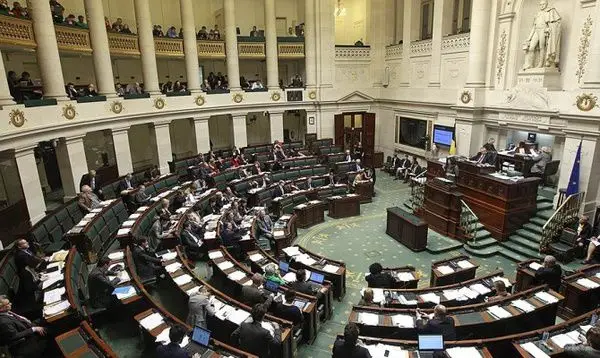
One of the main risks of this coalition is its lack of reliability. There are a number of important issues that divide these four parties
The new government must find consensus on a number of key issues that divide the four coalition parties. This includes agreeing on a budget, foreign policy spending, and climate change measures. These issues are critical to the stable functioning of the country and need to be addressed immediately.
The 26-page coalition agreement, titled "Hope, Courage and Pride," includes limits on asylum, government reforms, tax cuts and environmental regulations.
However, experts point out that there is no unified approach to solving these problems. Each party leader presented his or her own vision, and it is clear who added what to the agreement.
For example, even before the election, Wilders talked about abandoning environmental policy, but in the new coalition agreement he agreed to continue the policies of the current government. The coalition keeps most of the existing environmental programs, including subsidies for green energy. Key targets, such as reducing CO2 emissions by 55% by 2030, remain unchanged. In addition, the construction of two new nuclear power plants is planned.
Migration policy has undergone significant changes
The coalition plans to ask the European Commission to authorize withdrawal from the EU's asylum and migration policy. It plans to strengthen border control and introduce a system of dual status for migrants. Among the measures are the abolition of permits for indefinite residence permits and restrictions on automatic family reunification.
Migrants who are denied asylum will be deported forcibly, and people with status will no longer have priority in the allocation of social housing.
The new government also plans to tighten requirements for migrant workers from outside the EU and crack down on illegal labor agreements.
Wilders wants to demonstrate that the Netherlands is not an easy target for migrants, but a very unfriendly country for them, which was his main election slogan.
The coalition also plans to loosen European regulations on agriculture and reduce maximum nitrogen emission limits.
This is important for Dutch farmers, who have recently been protesting against strict environmental regulations. The future government also intends to reduce CO2 taxes for heavy industry and abolish the mandatory replacement of central heating boilers with hybrid heat pumps.
There is a risk that the new coalition could ally with eurosceptics from Central Europe in their opposition to the European consensus. Although Ukraine was not a central theme of the election campaign, Wilders used the war in his rhetoric.
But it would be imprudent to assume that the Netherlands will cut off aid to Ukraine only at his request.
There is a social consensus in the country that russia is a full-scale invader of Ukraine, especially after the downing of MH17 in 2014.
Ukrainians in the Netherlands are perceived exclusively as victims of russian aggression, so the government will continue to support Ukraine. This is confirmed by the text of the coalition agreement, which states that the Netherlands will continue to provide political, military, financial and moral support to Ukraine.
In addition, the coalition is committed to fulfilling the NATO standard of 2% of GDP defense spending, which will be enshrined in law.
It can also be argued that migration restrictions will not apply to Ukrainians. Although Ukrainians are not mentioned in the coalition agreement, temporary protection is subject to other migration rules, which the new government does not plan to change.
However, the new Dutch policy on agriculture could be a wake-up call for Ukraine.
Despite the fact that Ukrainian agricultural exports are not a competitor for Dutch farmers, the new government's position may become more skeptical about continuing free access of Ukrainian food products to the European market. Recent polls show that a quarter of Dutch voters are ready to support the PVV in the European Parliament elections, which could become another problem for Brussels.
However, there is a high probability that this coalition will not last long.
The intention to introduce changes in migration and environmental policies may complicate the work of the government and affect its stability. The lack of a unified vision of the country's development may lead to a short duration of the government's term.



